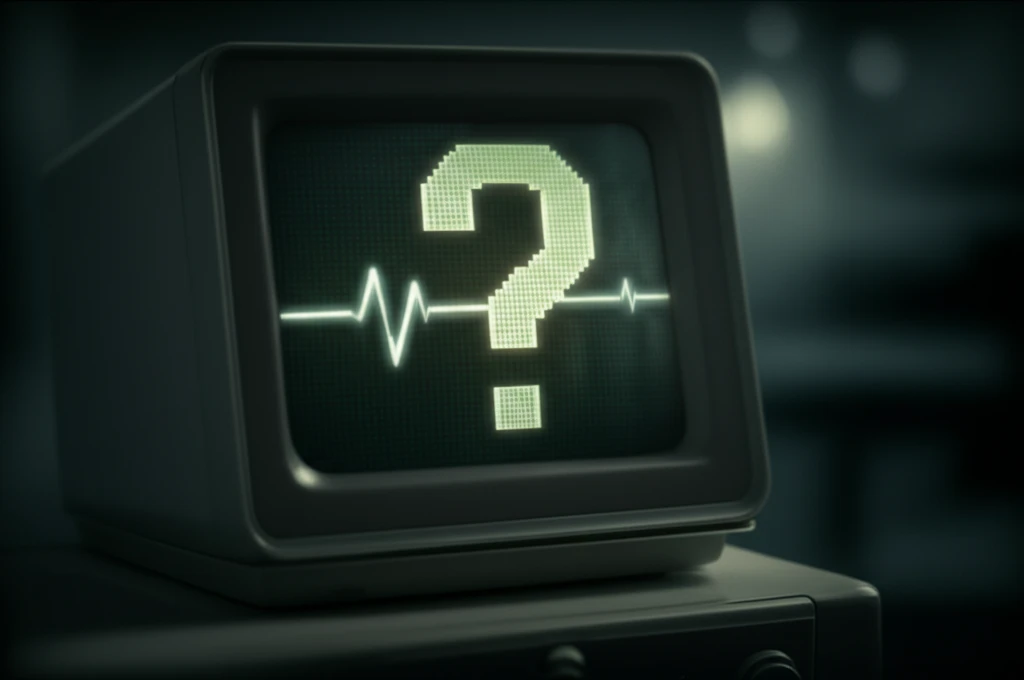
NEWS2: Is This Early Warning System Safe Enough for Your Loved Ones?
"A critical look at the National Early Warning Score 2 (NEWS2) and its potential impact on patient safety, especially for those with respiratory issues."
The National Early Warning Score (NEWS) has become a standard tool in hospitals for identifying patients at risk of deterioration. It's designed to be a simple, standardized system, allowing healthcare providers to quickly assess a patient's condition and respond accordingly. However, concerns have been raised about its effectiveness in patients with chronic respiratory conditions, leading to the development of NEWS2.
NEWS2 was created with the intention of improving safety for patients with hypercapnic respiratory failure, a condition where there's too much carbon dioxide in the blood. The Royal College of Physicians (RCP) proposed NEWS2, suggesting a separate oxygen saturation (SpO2) parameter scoring system for these patients. But does this adjusted system truly offer a better approach?
A study examining patients with acute exacerbations of chronic obstructive pulmonary disease (AECOPD) questioned whether NEWS2 outperformed the original NEWS. This article will explore the potential pitfalls of NEWS2, particularly the risk of assigning lower risk scores to seriously ill patients, and why prospective research is crucial before widespread implementation.
The Potential Risks of NEWS2: A Closer Look

The core issue lies in how NEWS2 adjusts the SpO2 parameters for patients with hypercapnic respiratory failure. While the intention is to avoid over-alerting, the study reveals a concerning possibility: patients who would have been flagged as high-risk (NEWS ≥7) under the original NEWS could be reclassified as lower risk under NEWS2. This could lead to delayed interventions and potentially adverse outcomes.
- Decreased Sensitivity: NEWS2 may fail to identify high-risk patients who truly need immediate intervention.
- Compromised Standardisation: The unified approach of the original NEWS is lost, potentially creating confusion and inconsistencies in patient assessment.
- Potential for Delayed Care: Lower call-out thresholds could lead to less frequent monitoring and delayed escalation of care for deteriorating patients.
The Path Forward: Research and Prudent Implementation
The authors of the study emphasize the need for prospective research before widespread implementation of NEWS2. A large national dataset should be utilized to determine the best parameters for predicting mortality and clinical deterioration in patients with hypercapnic respiratory failure.
Key questions to address include:
<ul> <li>What are the optimal parameters for predicting adverse outcomes in patients with hypercapnic respiratory failure?</li> <li>Should lower SpO2 weighting be applied to all COPD admissions, or only to a specific subgroup?</li> <li>What are the best parameters to predict mortality for patients with AECOPD without hypercapnic respiratory failure?</li> </ul>
